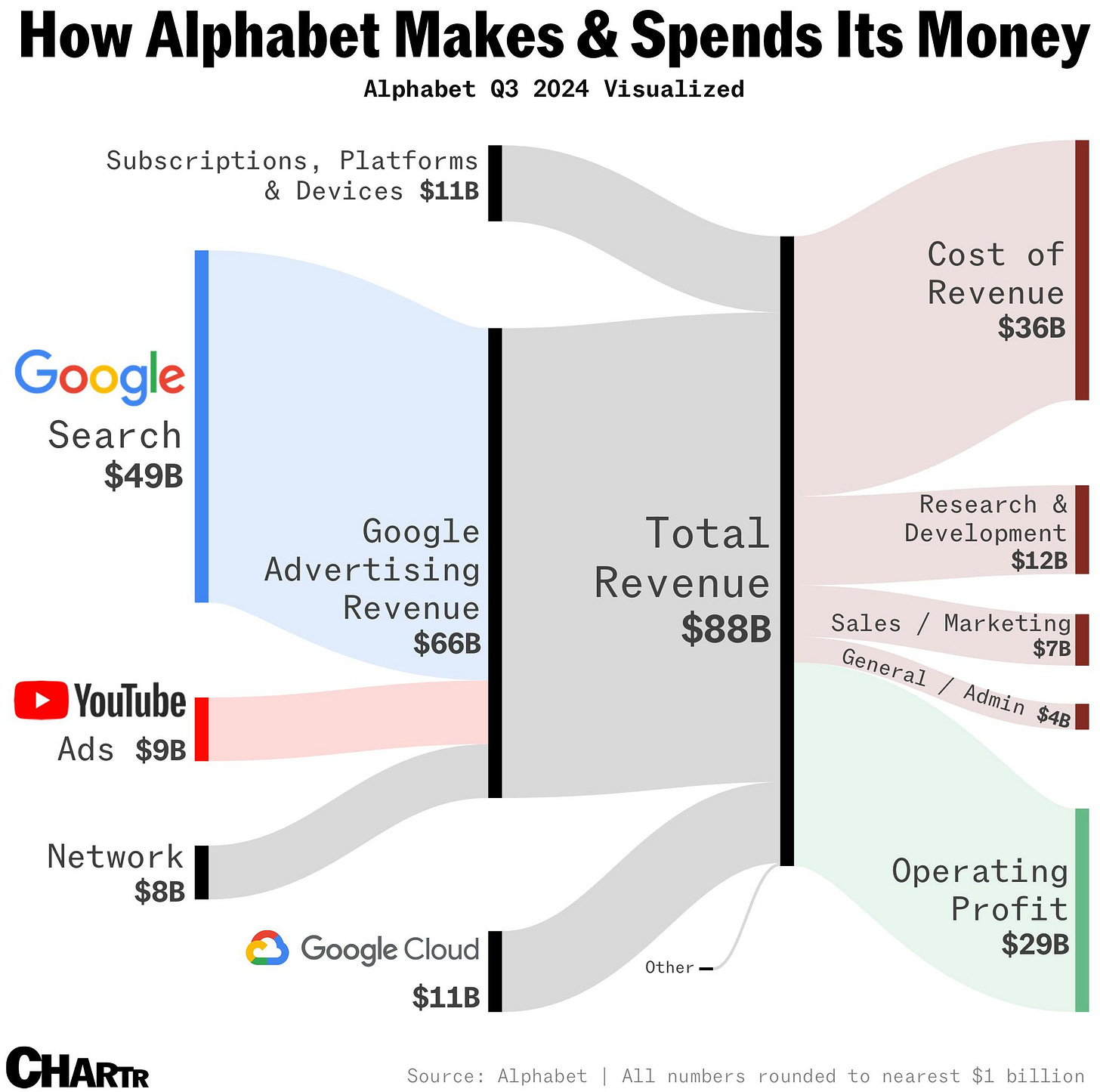🍎📉 Berkshire Selling Down Stake in Apple
Happy Sunday,
Hope you’re doing well! I was doing some research on a crazy topic that I’m making a video about in the near future: Scams run by Artificial Intelligence. That video will be filmed/edited this coming week and should be up on the channel in 10 days or so. I don’t want to spoil it, but something everyone has is the target of being fraudulently scammed, in some cases right under their noses. I’ll be sure to update you guys when that video is out.
I’ve been tweeting almost daily on my Twitter (X) account in the past two weeks, and the traction has been nice. I’ve also been reposting to Instagram Threads and honestly, Threads sometimes performs better/gets more views. It feels like there’s a genuine curiosity on Threads versus on Twitter — it seems like its hard to break in. I’ll keep you updated on that endeavor too.
In personal news, I’m still in the 800s on my Chess rating, and my EOY goal is to hit 1000.
Ok some market news now…
This week’s market report comes with some stormy weather—literally and figuratively. US payroll growth slowed dramatically, hit by hurricanes and strikes, and manufacturing is contracting for the seventh month in a row. With the job market cooling off, the Fed is on track for an interest rate cut just as the election heats up.
On the corporate front, Amazon had a strong quarter as AWS regained momentum, while Apple’s China struggles drew attention, especially as Warren Buffett continues to sell his stake. With everything from labor stats to Big Tech battles, there’s a lot to unpack. Let’s dive into the details!
- Humphrey
Market Report
US Payrolls Increase by Just 12,000, Hit by Storms and Strikes
The US job market showed significant cooling in October, with nonfarm payrolls increasing by only 12,000, the slowest pace since 2020. This figure fell well below economists' expectations and was impacted by severe hurricanes and a major strike at Boeing.
The unemployment rate remained steady at 4.1%, while average hourly earnings ticked up slightly.
Hiring increased in healthcare and government sectors, but other industries experienced flat or negative employment changes. The labor force participation rate edged lower, and the number of people who lost their jobs increased significantly.
This report, the last major economic data point before the US presidential election, is expected to keep the Federal Reserve on track for an interest rate cut at their upcoming meeting, as policymakers focus on preserving the labor market amid a downward trend in inflation.
US Manufacturing Activity Contracts for Seventh Straight Month
The US manufacturing sector continued to struggle in October, with the Institute for Supply Management's (ISM) factory activity metric falling to 46.5, its lowest level since July 2023.
This marks the seventh consecutive month of contraction and the 23rd month of contraction out of the last 24.
The decline was driven by a sharp drop in production activity, seeing the largest monthly decline since April 2021. New orders and employment remained in contraction territory, though both showed slight improvement.
The ongoing weakness in manufacturing is attributed to several factors, including uncertainty surrounding the upcoming US presidential election, which is causing companies to hesitate on investments in inventory and capital expenditures.
Additionally, factory price pressures increased, potentially influenced by a Boeing strike and two major hurricanes that may have limited supply.
Despite these challenges, only two of the six largest manufacturing industries - food and beverage, and computer and electronic products - reported growth in October.
Amazon Sees Strong Growth as AWS Regains Momentum
Amazon reported impressive third-quarter results. Revenue increased 11% to $158.9 billion, surpassing expectations, while operating profit reached $17.4 billion, significantly exceeding analyst estimates.
Amazon Web Services (AWS), the cloud computing division, continued its recovery with a 19% revenue jump to $27.5 billion. The e-commerce and advertising businesses also showed robust growth, with online store revenue up 7% and advertising sales rising 19%.
CEO Andy Jassy's cost-cutting and streamlining efforts have paid off, allowing Amazon to invest heavily in AI-related infrastructure. The company plans to allocate $75 billion to capital expenditures in 2024, primarily for technology infrastructure, with expectations of even higher spending in the following year.
This focus on AI is seen as a strategic move to capitalize on what Jassy calls a "once-in-a-lifetime type of opportunity."
Apple Records Mixed Results as China Weakness Draws Attention
Apple's recent quarterly earnings report sparked some concerns about its revenue growth and ongoing challenges in the Chinese market. While the company's overall sales rose 6.1% to $94.9 billion, meeting Wall Street estimates, Apple's performance in China remained weak.
The tech giant projected low-to-middle single-digit sales growth for the upcoming holiday season, falling short of analysts' expectations of a 7% increase.
Despite these challenges, Apple saw growth in iPhone sales globally and achieved record-high services revenue.
Apple's market share in China has been declining, with domestic competitors like Huawei and Xiaomi gaining ground. The company is also facing regulatory scrutiny worldwide and working to catch up in the AI race, with new features set to roll out in the coming months.
Meanwhile, Warren Buffett’s Berkshire Hathaway has continued to sell down its Apple stake. Berkshire cut its holdings in the iPhone maker by roughly 25% in Q3, after slashing it by almost half in the second quarter.












